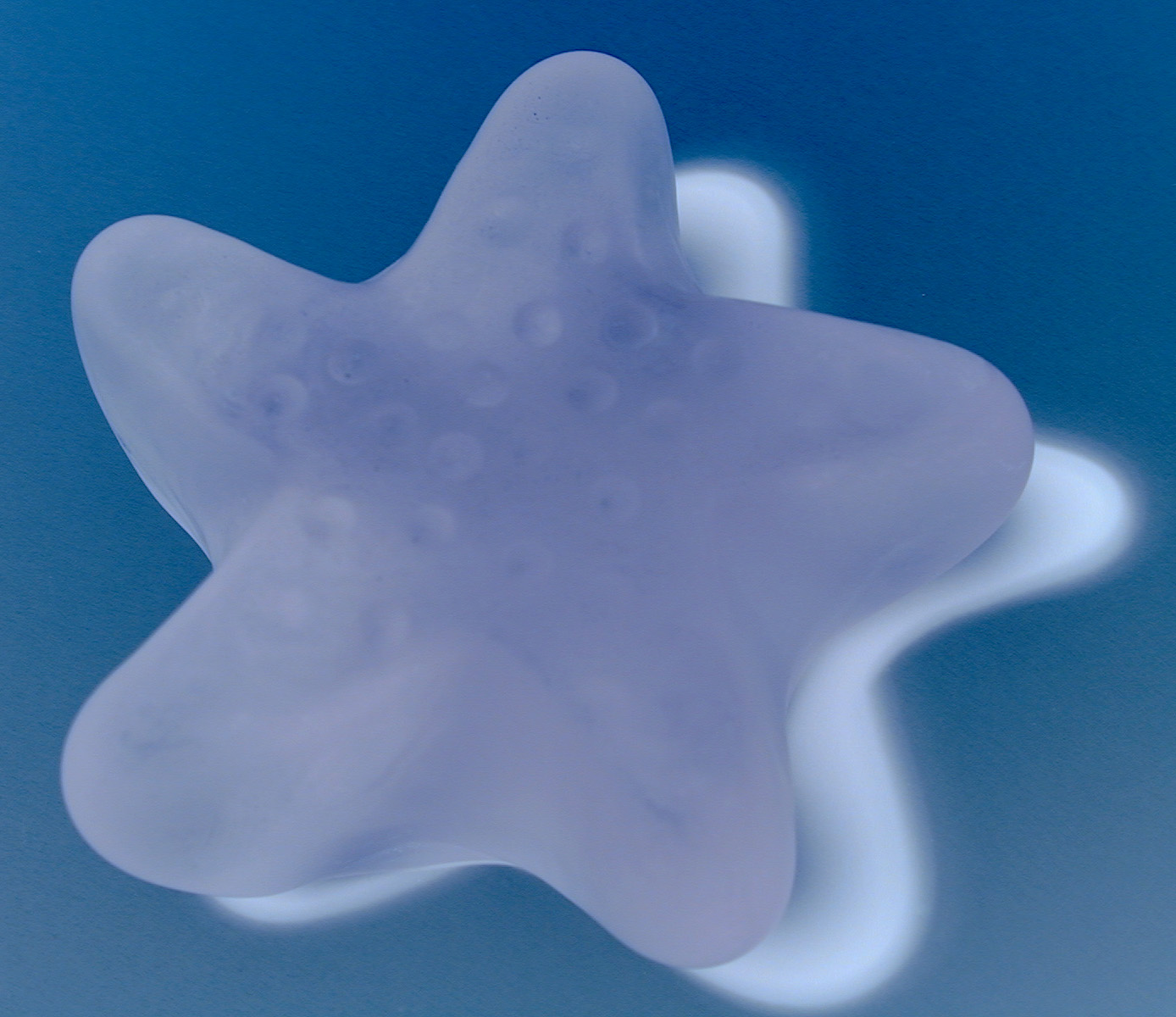
Materials such as wood, stone, and metals are opaque to visible light. Tinted windows, frosted glass, sunglasses, wax paper, fingers and certain plastics are all examples of translucent objects. Most of the light is either reflected by the object or absorbed and converted to heat. TITLE What happens when light strikes a translucent objects frosted glass bottle x-ray shower curtain colored glass colored colored balloons capiz. Transparent objects follow the law of refraction whereas translucent. The translucent objects cast faint shadows as they block light partially. Transparent objects do not cast shadows as they do not block light. So, materials appear frosted and stained. When light strikes an opaque object none of it passes through. The translucent object does not allow clear image formation because of partial visibility. This is why a person behind a translucent object can get a sunburn on a sunny day. Because translucent objects are semi-transparent, some ultraviolet rays can go through them. Therefore, we cannot see clearly through them objects on the other side of a translucent object appear fuzzy and unclear. It changes direction many times and is scattered as it passes through. Transparent Objects : If you are able to see clearly through an object, it is allowing light to pass through it. The light does not pass directly through the materials. Transparent, opaque and translucent objects. When light strikes translucent materials, only some of the light passes through them. We show superior reconstruction quality on a set of synthetic and real-world translucent objects as compared to previous methods that model only surface reflection.Materials like frosted glass and some plastics are called translucent. We validate our derivatives by comparing against finite differences and demonstrate the effectiveness of our technique by comparing inverse-rendering performance with previous methods. This efficiently avoids potential bias in gradient estimation due to the correlation of estimates for image pixels and their derivatives and enables correct convergence of the optimizer even when using low sample counts in the renderer. To efficiently optimize our models in the presence of the Monte Carlo noise introduced by the BSSRDF integral, we introduce a dual-buffer method for evaluating the L2 image loss. We use this differentiable rendering method in an end-to-end approach that jointly recovers heterogeneous translucent materials (represented by a BSSRDF) and detailed geometry of an object (represented by a mesh) from a sparse set of measured 2D images in a coarse-to-fine framework incorporating Laplacian preconditioning for the geometry. Translucent: Frosted glass, wax paper, butter paper, smoke.

Some examples are: Transparent: Clean glass, water, air. Some examples for translucent objects are: Butter paper, ground glass, thin sheets of plastic etc.

This introduces new types of paths requiring new methods for sampling moving discontinuities in material space that arise from visibility and moving geometry. What are translucent objects give two example Translucent objects allow light,to pass through them partially. Representing translucency using a heterogeneous bidirectional scattering-surface reflectance distribution function (BSSRDF), we extend the framework of path-space differentiable rendering to accommodate both surface and subsurface reflection. Inverse rendering is a powerful approach to modeling objects from photographs, and we extend previous techniques to handle translucent materials that exhibit subsurface scattering. On real data, we show reconstruction of a slice of soap and cut cubes of kiwi and dragonfruit.

For the synthetic data, we show jointly reconstructing the shape and subsurface scattering material of a bumpy object (first from left) a spatially varying extinction coefficient texture (left bunny) and a spatially varying single scattering reflectance texture (right bunny). Reconstruction results rendered in global illumination for both synthetic (left three objects) and real data (right three objects).

Reconstructing translucent objects using differentiable rendering


 0 kommentar(er)
0 kommentar(er)
